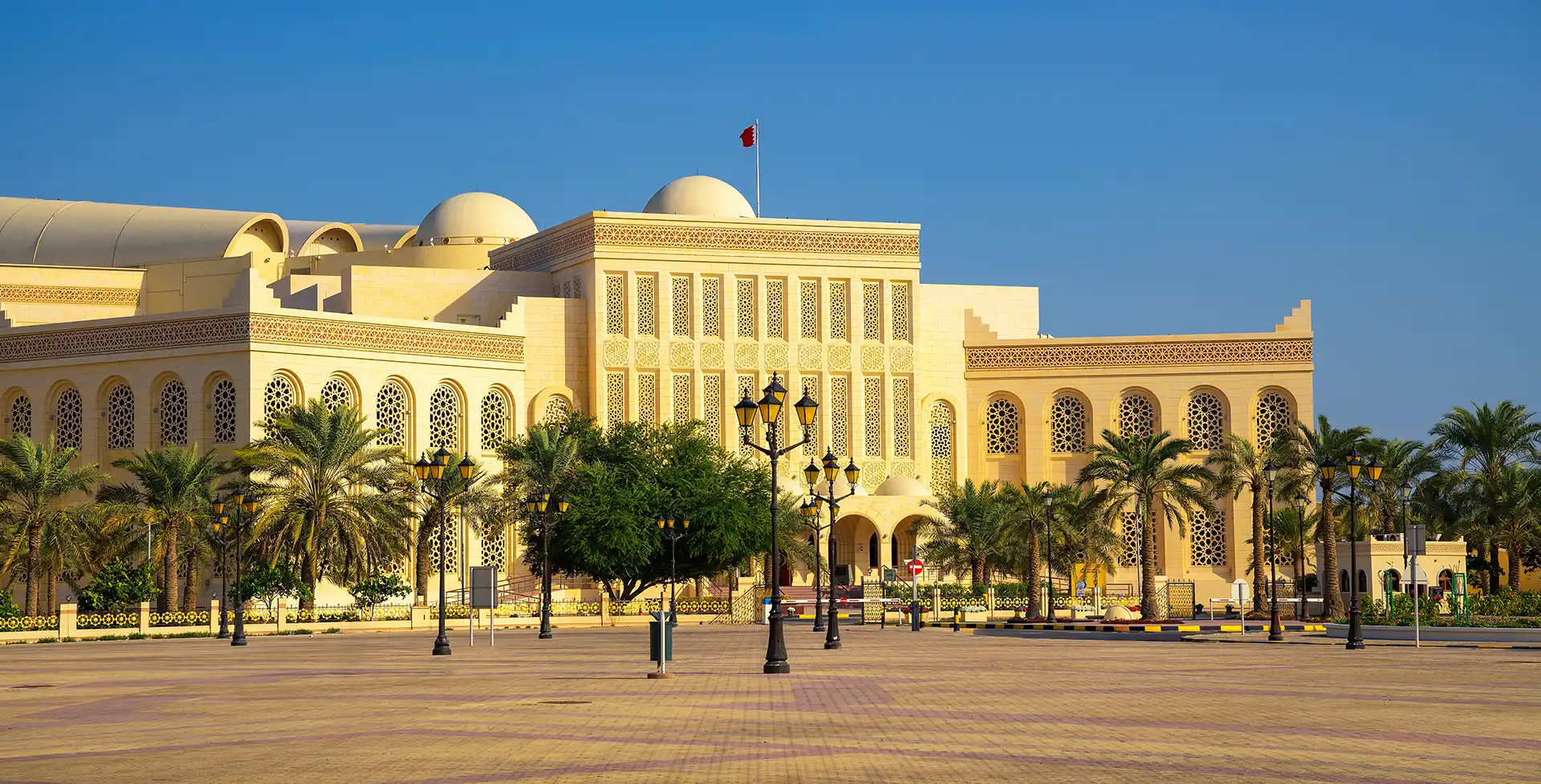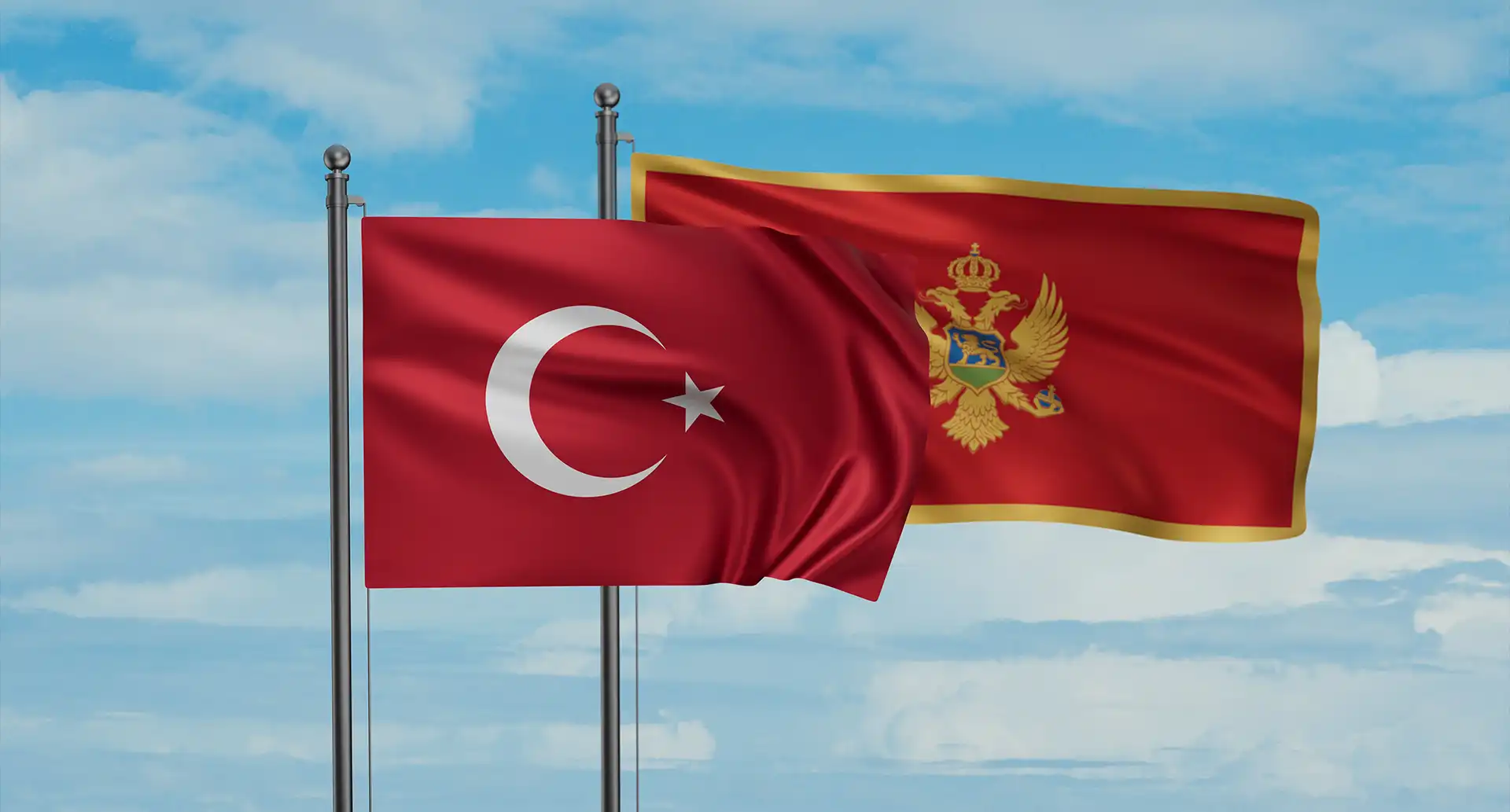

Austria
Austria passport ranking
The Austrian passport is currently ranked 6th place on the Guide Passport Index. It provides visa-free access to 187 countries. It is considered one of the most desirable passports in the world with a very high mobility score. Austrian passport holders have visa-free access and visas on arrival to countries such as Brazil, Japan, United Kingdom, United Arab Emirates and United States allowing almost instant travel worldwide. Austrian passport holders do however require a visa to enter about 42 destinations in the world.
Austria Passport Ranking
The Austria passport ranking relative to other global passports is calculated by adding up the number of countries that allow Austria passport holders to enter without a visa (i.e. visa-free countries) and those that allow Austria passport holders to enter by obtaining a visa on arrival (i.e. visa-on-arrival countries) or electronic travel authorization (eTA). There are currently a total of 143 Austria passport visa-free countries, 29 Austria visa-on-arrival countries, and 15 eTA destinations.
Altogether, Austria passport holders can enter a total of 187 destinations—either without a visa, through a visa on arrival, or via an eTA. As a result, the Austria passport ranks 6 in the world.
Separate from these Austria visa-free countries and visa-on-arrival countries, there are 42 additional destinations in which Austria passport holders either need a physical visa to enter or an eVisa (i.e. visa required countries).
About Austria
The landlocked Republic of Austria consists of nine states and is part of the European Union. The nation’s neighboring countries are Italy, Switzerland, Germany, Czechia, Slovakia, Slovenia and Hungary. The most important provinces are Vienna, Lower Austria, Upper Austria, and Styria. Austria has a surface area of 83,879 square kilometers. It is one of the smaller countries in the European Union. Its climate is temperate and alpine deepening in the region.
The overall population is 9 million people. The capital of the country is Vienna, which is also the most populous city with 1.8 million inhabitants, followed by Graz and Linz. The largest airport is Vienna International Airport (VIE) with 31.6 million passengers followed by Salzburg Airport with 1.7 million yearly passengers. Vienna airport is the 14th largest airport in Europe and provides access to all parts of the world.
Austria’s culture is rich in history and heritage, with the Roman Catholic religion as the main religion. The official languages in the country are German, and different Bavarian dialects. The legal system is the civil law with the judicial review of any legislation by the Constitutional Court. The government type is a federal parliamentary republic. The elected chief of state is currently President Alexander van der Bellen and the head of government is Karl Nehammer.
The official currency of the country is the Euro (EUR) with the current exchange rate being EUR 0.92 to the USD. The country has an open economy, generating a GDP of approximately $479 billion, making it the 12th largest economy in Europe. Its citizens have a per capita income of $53,320. The GDP is mostly made up of services (70%) and the industry sector (28%). Its main goods of export are grains, potatoes, wine, dairy products, machinery, metals and chemicals. The largest single GDP contributor is tourism with a contribution of 10% followed by the financial and consultancy sector.
Austria is filled with a variety of urban, cultural, and natural tourism destinations and attractions. It is especially known for its rich culture and beautiful mountains, attracting tourists during winter and summer. Some of the major destinations include the capital Vienna, the old town of Salzburg (UNESCO World Heritage), the Benedictine Abbey in Melk, and the ski town Kitzbühel. The nation has a total of approximately 30.8 million tourists visiting every year, which is the 12th place worldwide. The majority of tourists are originating from Europe and the United States.










































